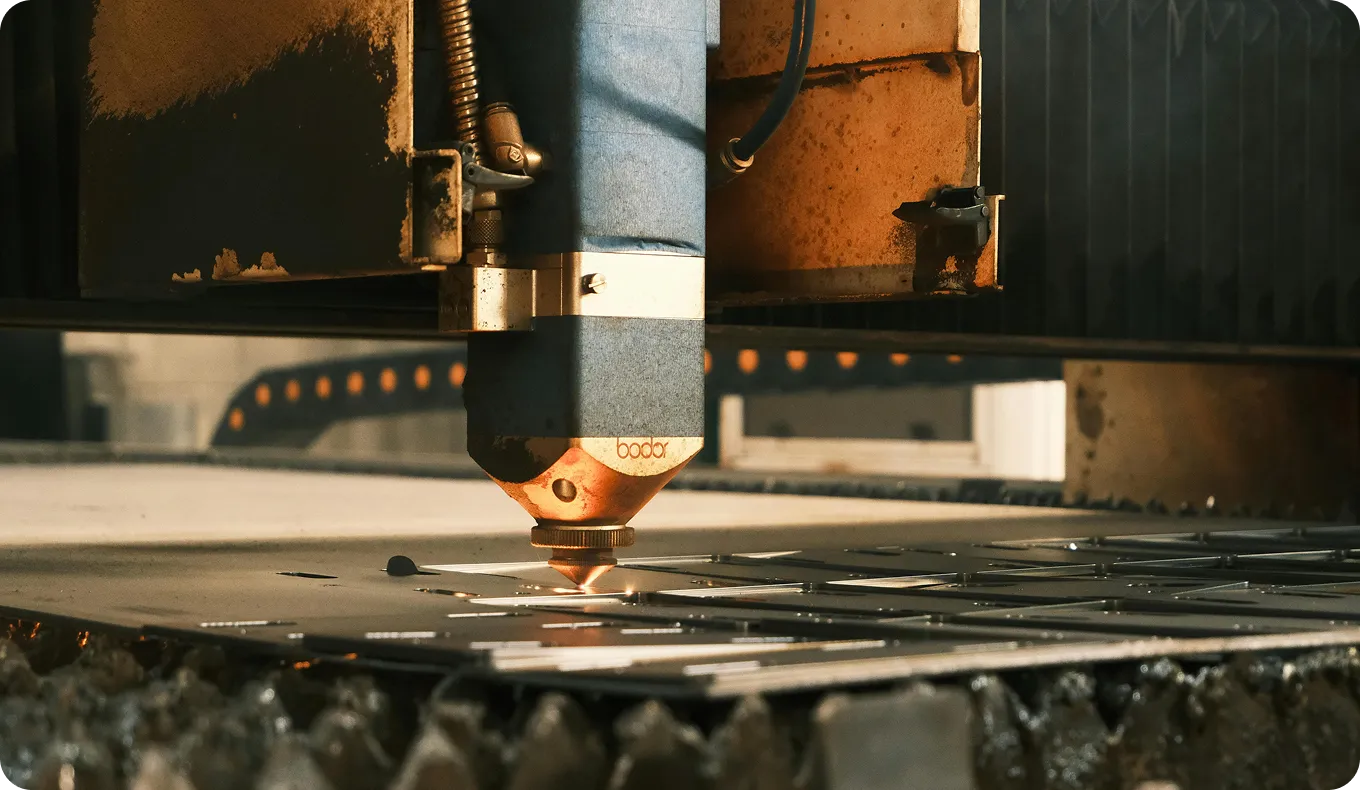Batch Size
Discover the impact of batch size on deep learning. Optimize training speed, memory usage, and model performance efficiently.
Batch size is a fundamental hyperparameter in machine learning that defines the number of training samples processed before the model's internal parameters are updated. Instead of processing the entire training dataset at once, which can be computationally prohibitive, the data is divided into smaller subsets or "batches." The choice of batch size is a critical decision that directly impacts the model's learning dynamics, training speed, and final performance. It represents a trade-off between computational efficiency and the accuracy of the gradient estimate used to update the model weights.
The Role of Batch Size in Model Training
During training, a neural network (NN) learns by adjusting its weights based on the error it makes. This adjustment is guided by an optimization algorithm like gradient descent. The batch size determines how many examples the model "sees" before it calculates the gradient and performs a weight update.
- Stochastic Gradient Descent (SGD): When the batch size is 1, the process is called stochastic gradient descent. The gradient is calculated for each individual sample, leading to frequent but noisy updates.
- Batch Gradient Descent: When the batch size equals the total number of samples in the training dataset, it's known as batch gradient descent. This provides a very accurate gradient estimate but is computationally expensive and memory-intensive.
- Mini-Batch Gradient Descent: This is the most common approach, where the batch size is set to a value between 1 and the total dataset size (e.g., 32, 64, 128). It offers a balance between the stability of batch gradient descent and the efficiency of stochastic gradient descent.
The selection of batch size influences the training process significantly. A larger batch size provides a more accurate estimate of the gradient, but the computational cost for each update is higher. Conversely, a smaller batch size leads to less accurate gradient estimates but allows for more rapid updates.
Choosing the Right Batch Size
Finding the optimal batch size is a crucial part of hyperparameter tuning and depends on the dataset, model architecture, and available hardware.
- Large Batch Sizes: Processing more data at once can fully leverage the parallel processing capabilities of GPUs, leading to faster training times per epoch. However, research has shown that very large batches can sometimes lead to a "generalization gap," where the model performs well on the training data but poorly on unseen data. They also require significant memory, which can be a limiting factor.
- Small Batch Sizes: These require less memory and often lead to better model generalization, as the noise in the gradient updates can help the model escape local minima and find a more robust solution. This can help prevent overfitting. The primary downside is that training is slower because weight updates are more frequent and less data is processed in parallel.
For many applications, batch sizes that are powers of two (like 32, 64, 128, 256) are recommended as they often align well with GPU memory architectures. Tools like Ultralytics HUB allow for easy experimentation with different batch sizes when training models.
Batch Size in Training vs. Inference
While batch size is a core concept in training, it also applies to inference, but with a different purpose. During inference, batching is used to process multiple inputs (e.g., images or sentences) simultaneously to maximize throughput. This is often referred to as batch inferencing.
For applications requiring immediate results, such as real-time inference in an autonomous vehicle, a batch size of 1 is used to minimize inference latency. In offline scenarios, like processing a large collection of images overnight, a larger batch size can be used to improve efficiency.
Real-World Applications
- Medical Imaging Analysis: When training a YOLO11 model for tumor detection in medical images, the images are often high-resolution. Due to memory constraints on a GPU, a small batch size (e.g., 4 or 8) is typically used. This allows the model to be trained on high-detail data without exceeding available memory, ensuring stable training.
- Manufacturing Quality Control: In an AI in manufacturing setting, a model might be trained to detect defects on an assembly line. With a large dataset of millions of product images, a larger batch size (e.g., 256 or 512) might be used on a powerful distributed training cluster. This speeds up the training process, allowing for faster model iteration and deployment.







.webp)
